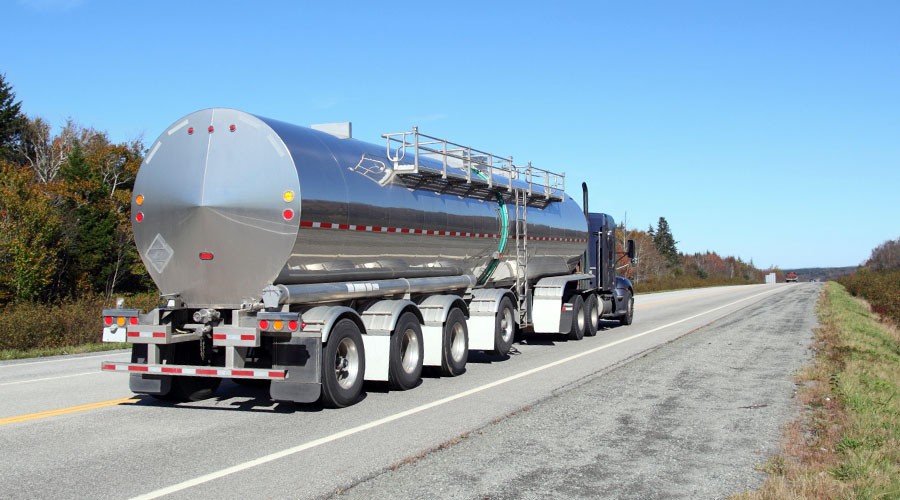A cargo spill occurs when goods, liquids, or raw materials unintentionally escape from a truck or other freight vehicle while on the road. Almost any type of load can spill, but common examples include large machinery, bulk dry goods (such as grain, gravel, or sand), packaged items, livestock, and hazardous materials like chemicals, oil, or gasoline.
These incidents happen more often than many people realize. Shifting, falling, or unsecured cargo can cause serious roadway accidents, leading to traffic disruptions, injuries, and sometimes fatalities. If hazardous materials are involved, the consequences can be even more severe, including environmental contamination of air, soil, and water.
Beyond immediate safety risks, cargo spills can disrupt trucking operations for days, damage customer trust, spark lawsuits, and result in steep fines. Over time, it can harm a company’s reputation, employee morale, and financial stability.
That’s why it’s essential for trucking companies to understand how spills happen—and more importantly, how to prevent them.
Common Causes of Cargo Spills
While every situation is different, most spills can be traced back to a few key issues:
- Improper loading – Cargo must be loaded based on trailer size and axle placement, with weight distributed evenly and within legal limits. Overloading or poor placement increases the likelihood of freight shifting, which affects traction, braking, and stability, thereby increasing the risk of rollovers, tire blowouts, or loss of control.
- Poor securement – Even correctly loaded cargo needs proper restraints. Depending on the load, this could mean straps, chains, tie-downs, or binders. Without strong securement, freight can slide, shift, or spill across wideareas, exacerbating accidents.
- Vehicle or driver issues – Mechanical failures and unsafe driving behaviours (like speeding, distracted driving, or sudden manoeuvres) can also lead to spills. High-impact accidents, such as jackknifes or fishtailing, are especially likely to cause cargo to escape.
Spill Prevention Tips
Trucking companies can significantly reduce the risk of spills by putting the right safeguards in place. Key strategies include:
- Load and secure cargo properly. Tailor loading and securement practices to the vehicle, type of freight, and journey. Distribute weight evenly, use approved restraints, and never exceed weight limits.
- Stay on top of inspections and maintenance. Keep fleets on strict maintenance schedules and require drivers to inspect vehicles before and after trips. Address mechanical issues and replace worn or damaged securement devices immediately.
- Promote safe driving. Implement policies that encourage defensive driving, compliance with traffic laws, and avoidance of risky behaviours like distracted or impaired driving. Provide clear emergency protocols for breakdowns or incidents.
- Provide regular training. Educate drivers on the causes and consequences of cargo spills, as well as best practices for preventing them. Reinforcing their critical role helps foster a culture of safety.
- Follow regulations. The Canadian Council of Motor Transport Administrators outlines rules for loading and securement in the National Safety Code Standard 10. Ensure your operations comply with these standards by consulting compliance experts as needed.
Cargo spills can be costly, dangerous, and damaging to a trucking company’s reputation. By implementing robust prevention measures, organizations can more effectively protect their drivers, the public, and their bottom line. Still, even with the best safeguards, accidents may occur. That’s where the right insurance—such as commercial auto, cargo, environmental liability, and workers’ compensation—becomes invaluable in covering potential losses.
For information on trucking insurance, or to find out how to reduce your insurance costs call CMB at 780.424.2727 or click here to get a quote.

